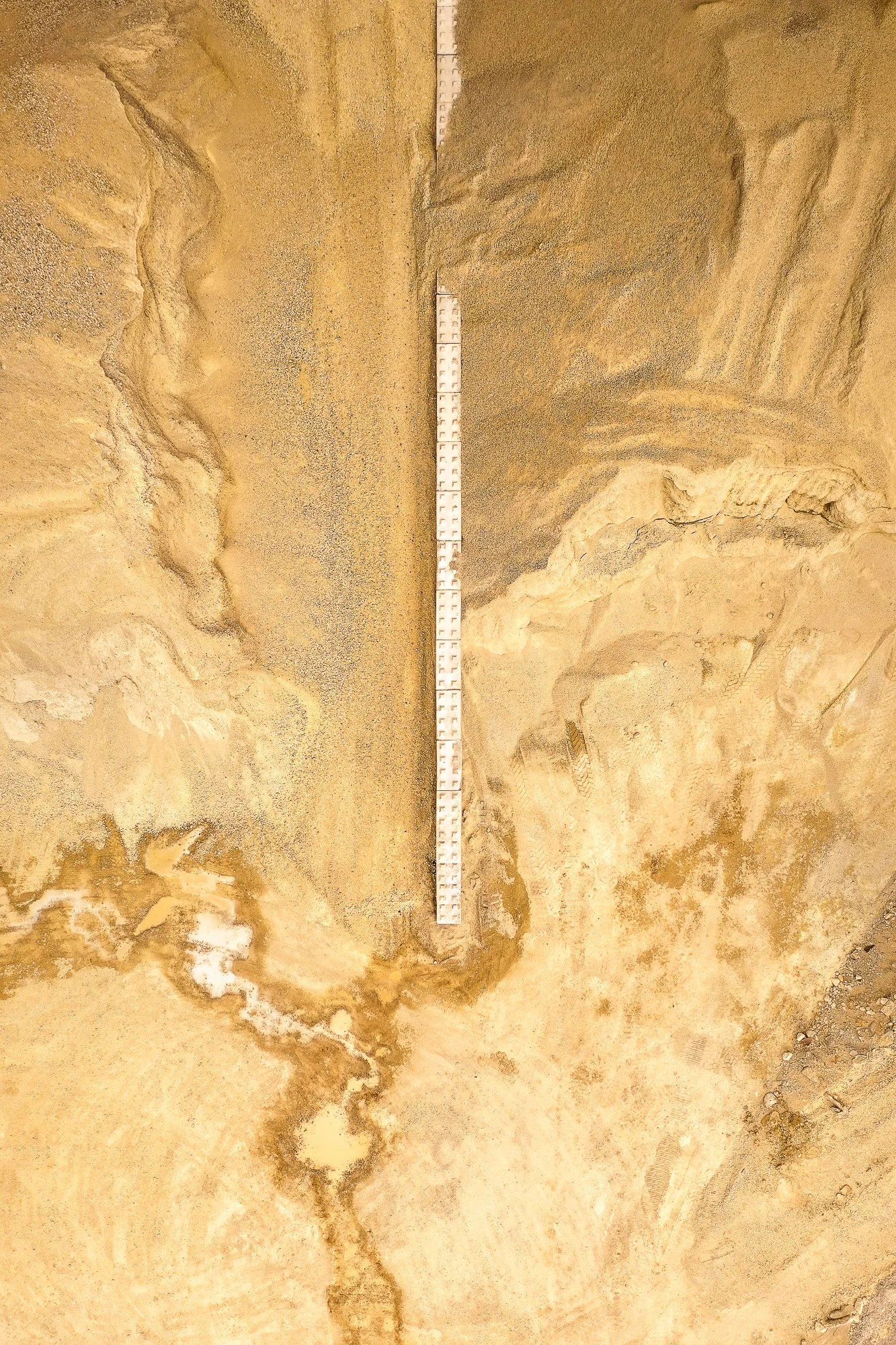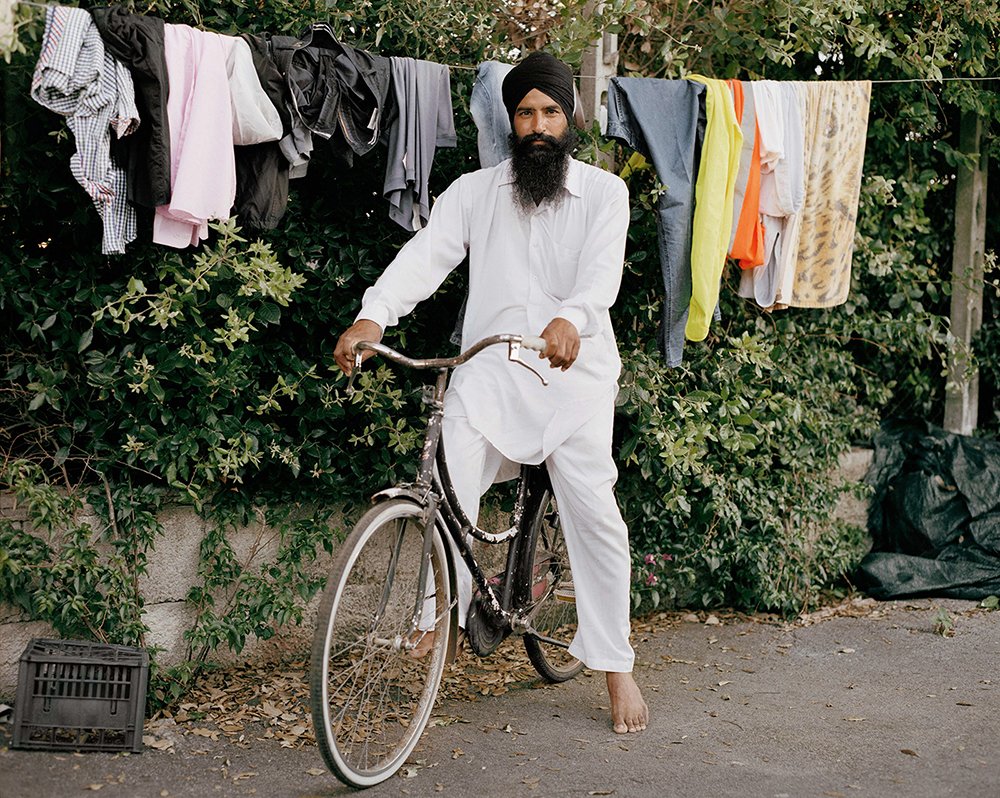Planners, urban designers, architects. They plan a residential area, develop a city square or design a landmark building. They create a seemingly ideal world. Which only comes alive when people start to work, live and recreate in the created urban environment. When blades of grass peek through the pavement or scrubs start to overgrow complete sections of walls. When sun, rain and wind leave their mark on neighborhoods, squares and buildings. Over time our urban environment evolves. And gains in beauty, far beyond the imagination of architects, urban designers and planners.
From 2014 to 2020, Dutch photographer Maarten Vromans (1975, Rucphen) explored the impact that people, nature and weather have on urban development. For his ongoing ‘Urban Erosion’ project, Vromans frequently worked in Dutch cities such as Rotterdam, Amsterdam and Delft. And from time to time, he also took photographs in other European cities.
Movement. That is at the heart of Dutch photographer Maarten Vromans' work and methods. Whenever he travels from one place to another – be it on foot, by boat or by train – he methodically records the altering terrain that passes him by. This could be the eroded buildings in an anonymous urban setting, but also the untouched landscape of a remote region, or the infinite distance on unspoiled open water. Vromans likes to move through transition areas: the no-man’s-land between residential, commercial and working environments; between built-up, cultivated and untouched areas. There, in places that apparently no longer belong to anyone, he makes photos that are tranquil, abstract and picturesque, and in which the subject always remains recognisable.
His work has been featured in both online and print magazines such as GUP, Broad, BuzzFeed and Aesthetica. In recent years, Vromans’ work has been shown at fairs and exhibitions in Rotterdam, Amsterdam, The Hague, Budapest and London, among others. After a successful crowdfunding campaign, he compiled his ‘Lucky Shots’ series into his first photo book in 2018.


































































































































































































































































